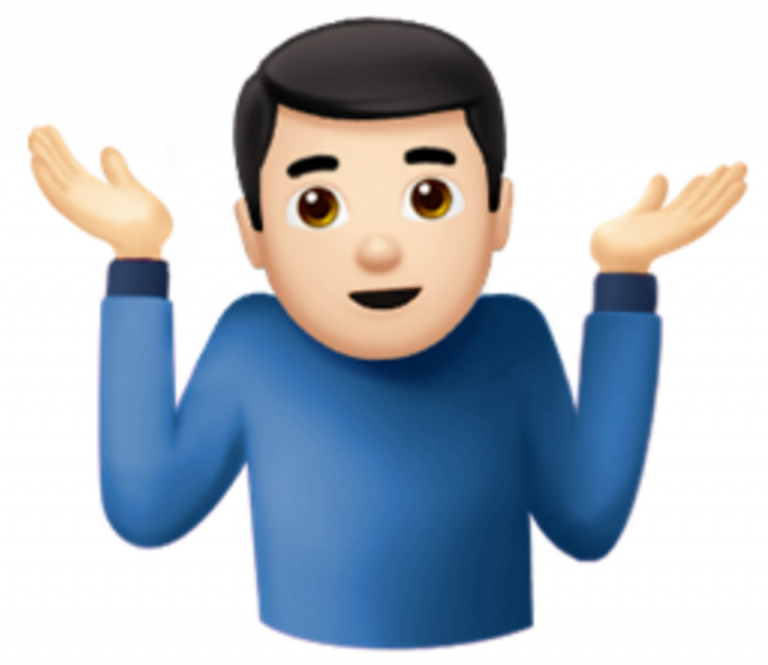

There were characters to show the weather (sun, clouds, umbrella, snowman), traffic (car, tram, airplane, ship), technology (landline, cell phone, TV, GameBoy), and all the phases of the moon. Kurita’s original 176 emoji-now part of the permanent collection at New York’s Museum of Modern Art-privileged symbols over faces, because DOCOMO’s goal was to find new ways to express information. Kurita wanted to design an attractive interface to convey information in a simple, succinct way: for example, an icon to show the weather forecast rather than spelling out “cloudy.” So Kurita sketched a set of 12- by 12-pixel images that could be selected from a keyboard-like grid within the i-mode interface, then sent on mobiles and pages as their own individual characters. Kurita worked on the development team for “i-mode,” an early mobile internet platform from Japan’s main mobile carrier, DOCOMO. The first emoji were created in 1999 by Japanese artist Shigetaka Kurita. In the future, as the world becomes increasingly digital and increasingly globalized, emoji will become important tools for translation and communication-a lingua franca for the digital age. Today there are thousands of emoji depicting people in all their diversity, and thousands more to represent the things we interact with in our world: money 💰, prayer beads 📿, Apple Watches⌚. If emoji are a language for everyone in the digital world, then the emoji lexicon needs to constantly evolve across cultures 👳, across screens📱, across time 🕑.

That puts a lot of pressure on the designs and standards for emoji. Emoji aren’t just for people who say things like “lmao smh tbh fam.” Emoji are for everyone.

In 2015, 😂 became Oxford Dictionaries’ “Word” of the Year. The White House once issued an economic report illustrated with emoji. They show up in press releases and corporate emails. Emoji have been popular since they first appeared on Japanese mobile phones in the late ’90s, and in the past few years they have become a hallmark of the way people communicate. The tiny, emotive characters-from 😜 to 🎉 to 💩-represent the first language born of the digital world, designed to add emotional nuance to otherwise flat text. Think of them more like a primitive language. Emoji are more than a millennial messaging fad.


 0 kommentar(er)
0 kommentar(er)
